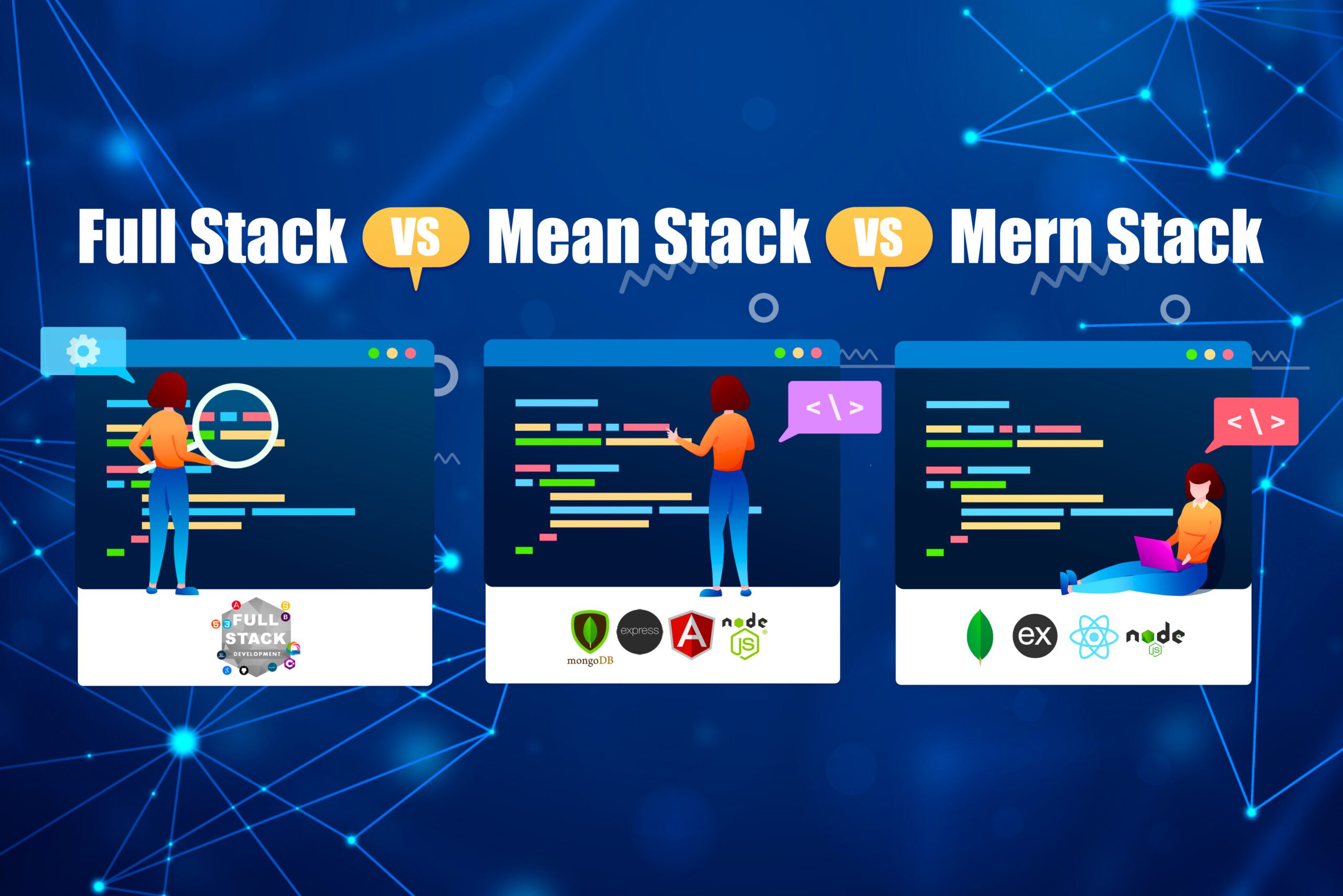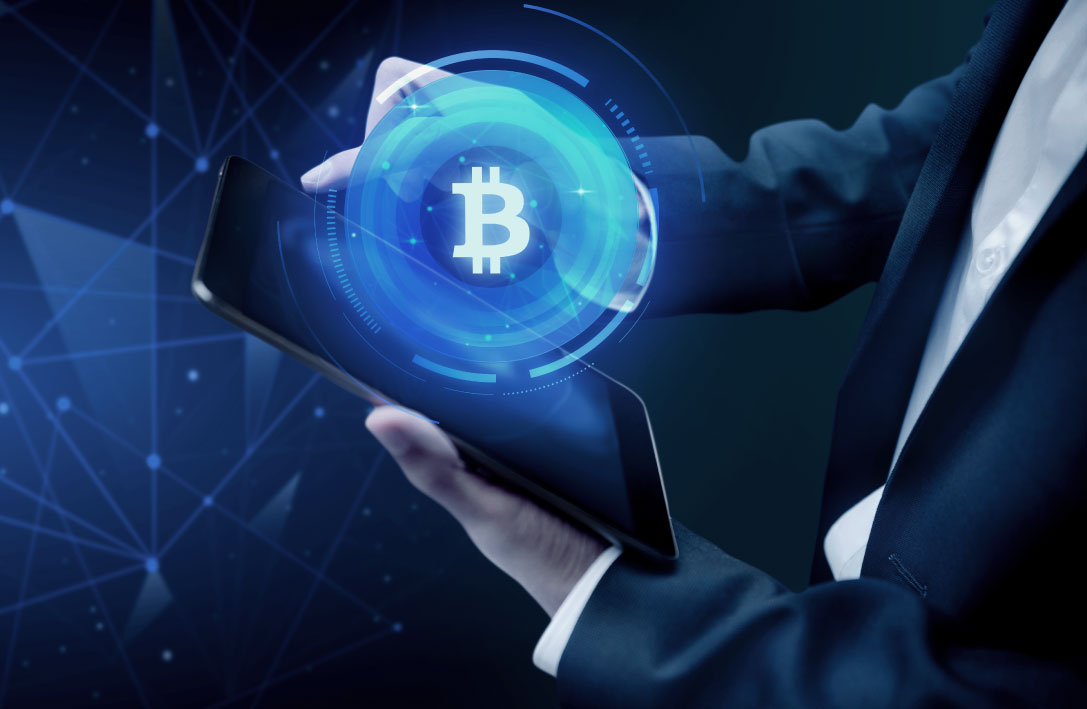Welcome to the future of gaming with Web3, where we delve into the various aspects of Web3 gaming, including its key features, technology stack, and development services. Embark on your Web3 journey with us and discover the potential of this revolutionary gaming paradigm.
What is Web3 gaming?
Web3 gaming revolutionizes the gaming experience by enabling players to own and trade in-game objects and collectibles as unique NFTs using cryptocurrencies. It offers self-sovereignty, decentralization, and open-source features, making it a game-changer in the gaming industry. These aspects of these games represent a crucial turning point, clearly distinguishing them from traditional Web2 games. In Web3, players go beyond being mere participants and become stakeholders in the gaming universe, possessing and controlling assets that were previously intangible and non-transferable.
In the traditional gaming world, the idea of ownership is largely symbolic. Due to copyright laws, players don’t truly own any game elements. Everything from characters to items belongs to the game’s developers or publishers. Essentially, players only acquire a license to interact with these assets, lacking substantial control or ownership. This is where web gaming brings about a revolutionary change.
Web3 technologies redefine player interaction by granting real ownership of in-game assets. This allows users to acquire, trade, sell, or collect these assets without the fear of intervention from game developers or other entities. What is Web3 gaming if not a paradigm shift in digital ownership and control within games? This newfound freedom is not just about possession; it’s about empowerment and creating a personal stake in the gaming world.
Furthermore, the decentralized nature of blockchain, a cornerstone of all Web3 development, enables a level of interoperability previously unseen. Gamers can now use their assets across different Web3 games and platforms, breaking down barriers between games and fostering a new, interconnected digital economy. This interoperability is a significant attribute of what Web3 games are, as it allows for a more seamless and integrated gaming experience.
Players engaging with an app can expect their experience and assets to have relevance and utility across multiple gaming platforms, further enhancing its value and appeal. This shift not only transforms how games are played but also how they are perceived in the broader context of digital interaction and the economy.
Different Types of Web3 Games
1. Play-to-Earn (P2E) Web3 Games The play-to-earn (P2E) model in Web3 is transforming the gaming landscape by introducing a novel approach to player interaction with digital platforms. These games operate on the principle of participants earning digital rewards, including cryptocurrencies and NFTs, through active gameplay. Game structures typically involve various quests or tasks, with the rewards system scaling up as players invest more time in the game. The key feature of P2E games in Web3 development is decentralization, ensuring that game developers do not control in-game assets. Instead, players create and own these assets, reshaping the traditional power dynamics of gaming. To embark on a P2E game journey, players often need to purchase crypto tokens, which act as a gateway to immersive gaming experiences. Leading examples like RobotEra, Calvaria, Tamadoge, Lucky Block, and Axie Infinity showcase how Web3 gaming integrates new economic models into digital entertainment, offering both enjoyment and real-world value. 2. Walk-to-Earn Web3 Games A novel concept within the Web3 gaming universe, walk-to-earn games merge physical activity with digital rewards, providing a distinctive gaming experience. Players in these games are incentivized to engage in real-life movements, such as walking or running, to acquire in-game assets. This fusion of physical activity and digital gaming aligns with innovation and user engagement. The rewards earned in walk-to-earn games often come in cryptocurrencies, convertible to fiat currencies, or usable for in-game purchases, enriching the gaming experience. Leading examples like Walken and STEPN demonstrate the potential of integrating real-world activities with the digital gaming world, pushing the boundaries of traditional gaming, and providing players with a holistic and engaging experience. By rewarding players for real-world physical activities, these games contribute to the trend in the gaming industry towards more interactive and health-conscious experiences. This approach not only encourages physical activity but also deepens the connection between the virtual and real world, embodying the core principles of Web3 gaming. In this innovative gaming model, the focus extends beyond virtual achievements to promoting healthier lifestyles, showcasing the expanding scope of gaming.Key Features of Web3 Gaming
- Ownership and Interoperability: Players have true ownership of in-game assets and can carry them across different gaming platforms.
- Old Game Integration: integration of older game models into the metaverse and blockchain platforms, personalizing the gaming experience for every player.
- Player-Driven Gaming: Tailoring the gaming ecosystem based on players’ preferences, including play-to-earn opportunities and self-sovereignty support.
- Negligible Downtime: autonomous operation with minimal maintenance costs and high scalability.
- Transparent Gaming: A distributed process hosted on the blockchain ensures high transparency and security.
The Technology Stack of Web3 Gaming
What is the technology stack of Web3 gaming?
The technology stack of Web3 gaming typically includes blockchain platforms like Ethereum and Solana, smart contracts, decentralized finance (DeFi) integrations, and non-fungible tokens (NFTs) for in-game assets. Additionally, it often involves decentralized storage solutions and interoperability protocols to enable seamless interaction between different games and platforms. The components of this technology stack include- Web3 libraries are essential components of the technology stack.
- dApps play a crucial role in the technology stack.
- Smart contracts are integral to the Web3 technology stack.
- Node is a key component of the Web3 gaming technology stack.
- Web3 providers are vital elements of the technology stack.
- Digital wallets are important components of the technology stack.
- XR hardware is a significant part of the technology stack.
- Open, interoperable media standards are essential components in this game.
Gaming DAOs and Metaverse Gaming
Gaming DAOs
Gaming DAOs are open-source gaming platforms that redistribute ownership within the gaming community, fostering a player-driven gaming ecosystem and empowering play-to-earn opportunities.Different Types of Gaming DAOs
- Gaming Guilds: organized groups engaging in play-to-earn activities and financialized operations.
- Incubators and Accelerators: Supporting and funding Web3 gaming platforms’ growth and development.
- Developers: Venture into different Web3 game developments on a common platform, autonomously governed by smart contracts.





